Cover Crop Seeds FAQ
Complete guide to tropical cover crops: Pueraria javanica (PJ), Calopogonium mucunoides (CM), Calopogonium caeruleum (CC), Centrosema pubescens (CP), and Mucuna bracteata (MB).
PJ: 150-250 kg N/ha in 4-18 months. MB: 300-400 kg N/ha/year (highest producer). CM: 3.8 mg N₂/plant/day, 87% to topsoil, benefits last 14-16 years. CP: 2.4-2.7% tissue N content. CC: ~90 kg N/ha equivalent.
MB: 19 tonnes/ha/year (highest). PJ: 15 tonnes/ha/year. CM: 14 tonnes/ha/year. CP: 7-12 tonnes/ha/year. CC: 3-7 tonnes/ha/year. All provide excellent organic matter and nutrient cycling.
CM: pH 4.5-5, tolerates high aluminum. CC: pH as low as 4.0. PJ: Tolerates acidic heavy clay. CP: Acid to mildly alkaline range. MB: Adaptable to acidic, low-fertility soils.
PJ: 10 kg/ha, 80,000-88,000 seeds/kg. CM: 10 kg/ha, 65,000-70,000 seeds/kg. CP: 10 kg/ha, 39,000-39,700 seeds/kg. CC: 3 kg/ha, 14,500-14,700 seeds/kg. MB: 1 kg/ha, 5,900-6,000 seeds/kg. All require scarification.
PJ: Excellent (2m deep roots, 5-7 month dry seasons). CC: Better than CM/PJ (700mm rainfall). MB: Good once established. CP: Moderate (3-4 month dry seasons). CM: Poor but re-establishes from seed.
Oil Palm: PJ, CM, CP, CC mixed; MB monocrop. Durian: CM, CP, MB. Coconut: CM, CP. Coffee/Pepper: CM. Rubber: All species work well. Choose based on shade tolerance and growth habits.
MB (highest) > PJ (excellent) > CM = CP (good) > CC (moderate). MB: 200-300cm deep roots, rapid dense cover. PJ: 2m deep roots. Best for steep slopes and challenging terrain.
CP: Fastest (2 months to cover). CM/MB: Fast (2 months). PJ: Moderate (6 months). CC: Slowest but excellent in 90% shade. Growth ranking: CP > CM = MB > PJ > CC.
8-year study: $1664/ha net benefit. 50-90% herbicide cost reduction. 30-70% nitrogen fertilizer savings. Improved yields, reduced erosion, lower labor costs. Widely adopted in SE Asia plantations.
PJ: 133kg N, 11kg P, 110kg K, 13kg Ca, 21kg Mg per hectare. MB: >3% N, 0.2-0.3% P, 2-3% K in litter. Improves soil structure, reduces bulk density, increases water infiltration.
CC: 75-80% (exceptional, productive under mature palms). CP/PJ/MB: 80-90% (high tolerance). CM: 60-70% (moderate). Ideal for plantation understories and agroforestry.
MB: Extremely effective vs Imperata cylindrica. All species suppress through dense canopy, thick litter, allelopathic effects. Physical smothering, light competition, rapid establishment outcompete weeds.
Deep roots provide drought resilience. Carbon sequestration in biomass and soil. Improved soil health buffers climate variability. Enhanced water infiltration, reduced erosion during intense rainfall.
Promotes Rhizobia bacteria, arbuscular mycorrhizal fungi (AMF). Increases soil enzyme activities. Supports decomposer microbes, improves soil food web. Some species suppress soil pathogens and nematodes.
Store on elevated pallets, avoid cement contact. 5-year viability with 80% germination under ideal conditions. Most require scarification. Moisture <10%, cool dry conditions, protection from pests.
Most perennial, don't require termination. Periodic slashing for biomass management. Mechanical cutting before cash crops. Circle weeding around young trees. Can incorporate as green manure.
Reduces synthetic fertilizer/herbicide needs. Enhances biodiversity, supports pollinators. Natural pest suppression. Soil moisture retention, temperature regulation. Works with ecosystems, not against them.
CP: High-quality livestock forage and hay. All species: Biomass production for mulching, composting. Best harvest at maximum coverage. CM excellent for green manure in rice systems.
Validated by: Rubber Research Institute India (RRII), Malaysian Palm Oil Board (MPOB), CIAT, Queensland DPI. Long-term studies: 8-year Nigeria trial, 16-year Queensland pasture trials. Decades of research across tropics.
Import/export requires permits from both countries. Phytosanitary certificates needed. Some species restricted due to invasive potential. Check local regulations before large-scale planting.
